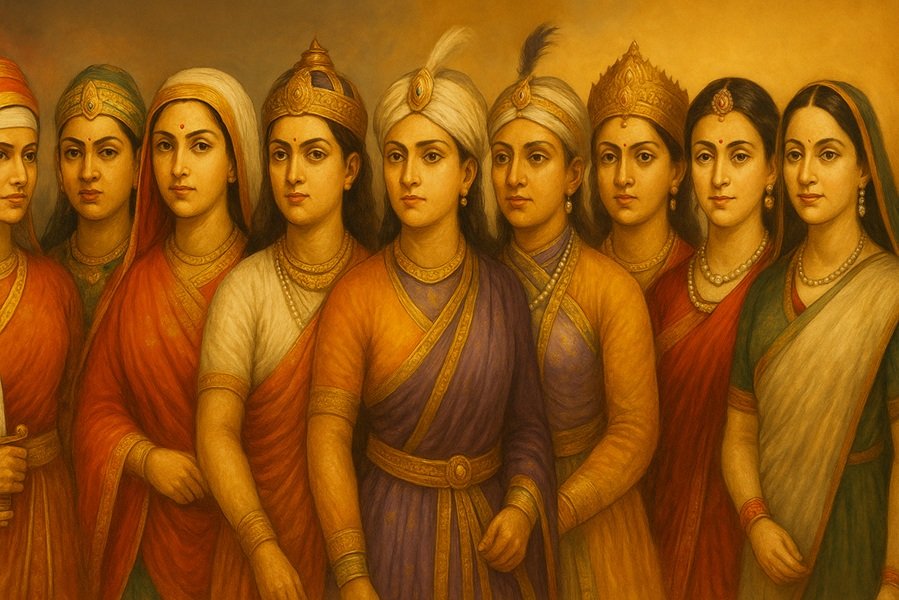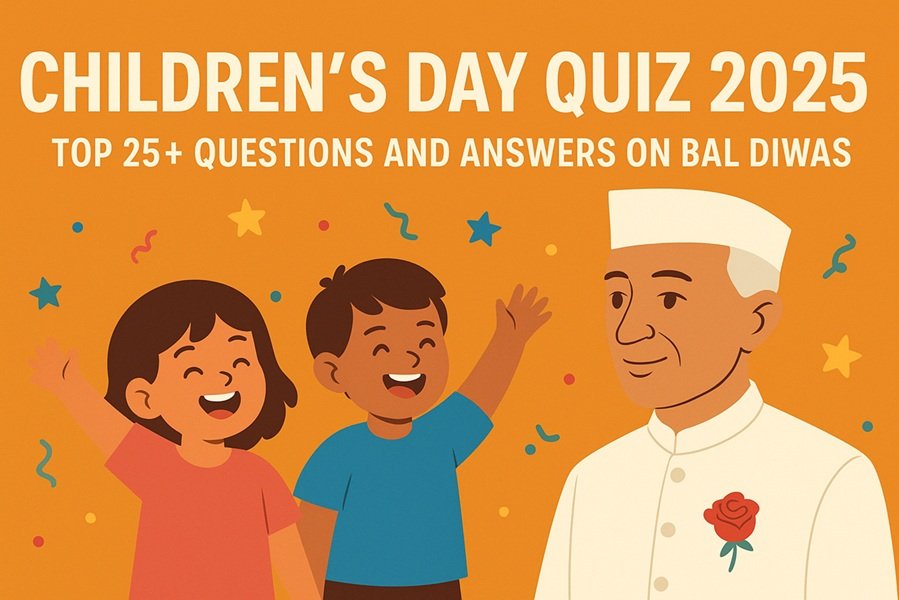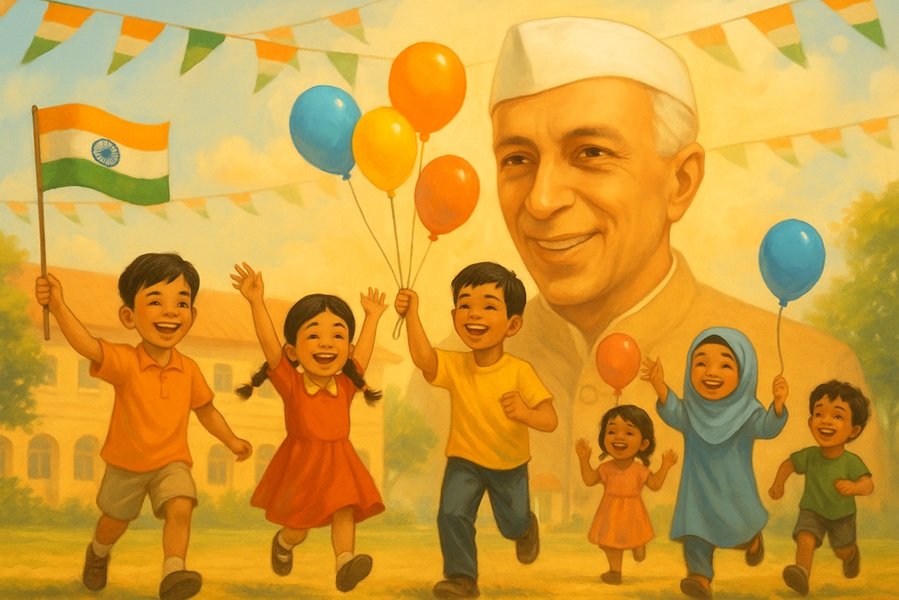
India’s history is adorned with tales of valiant queens and empresses who wielded power, shaped kingdoms, and defied patriarchal norms in eras when female leadership was rare. From ancient warriors to colonial-era revolutionaries, the subcontinent has witnessed the reign of women who have left indelible marks on politics, warfare, culture, and diplomacy. This article explores the top 10 women rulers of India, celebrating their unique contributions and enduring legacies.
1. Rani Lakshmibai of Jhansi (1828–1858)
Reign: 1853–1858 (nominal under British suzerainty)
Kingdom: Jhansi (Bundelkhand)
Rani Lakshmibai, the Queen of Jhansi, is perhaps the most iconic woman ruler in Indian history. A symbol of resistance during the First War of Indian Independence in 1857, she led her army with unmatched courage against British forces.
- Early Life: Born as Manikarnika Tambe, she was trained in martial arts, horse riding, and sword fighting.
- Struggle: After her husband’s death and the annexation of Jhansi by the British under the Doctrine of Lapse, she rose to defend her state.
- Legacy: Died on the battlefield, inspiring generations with her valor. Today, she is a symbol of female heroism and national pride.
2. Razia Sultana (1205–1240)
Reign: 1236–1240
Dynasty: Mamluk (Slave) Dynasty
Kingdom: Delhi Sultanate
Razia Sultana was the first and only female Sultan of Delhi. She broke the gender barrier in the male-dominated Muslim monarchy.
- Rise to Power: Chosen by her father, Sultan Iltutmish, over her brothers due to her intelligence and administrative capabilities.
- Rule: Promoted meritocracy, suppressed nobles, and encouraged trade and education.
- Challenges: Faced opposition from Turkish nobles and was eventually overthrown and killed.
- Legacy: Remembered as a visionary ruler and a pioneer for women in leadership roles.
3. Ahilyabai Holkar (1725–1795)
Reign: 1767–1795
Dynasty: Holkar
Kingdom: Malwa (Indore)
Ahilyabai Holkar is revered as one of India’s most benevolent and capable monarchs. Her reign was marked by peace, prosperity, and spiritual development.
- Governance: Rebuilt temples destroyed during invasions, including Kashi Vishwanath in Varanasi and Somnath in Gujarat.
- Administration: Known for her justice system, welfare projects, and road construction.
- Legacy: Her name is associated with wise governance, devotion, and public welfare.
4. Rudrama Devi (c. 1262–1289)
Reign: 1262–1289
Dynasty: Kakatiya
Kingdom: Telangana region (South India)
Rudrama Devi was one of the few female monarchs in South Indian history and ruled with great valor and administrative skill.
- Achievements: Successfully repelled attacks from neighboring kingdoms and strengthened the Kakatiya administration.
- Reforms: Worked for the welfare of peasants and implemented agrarian reforms.
- Legacy: Celebrated in Telugu history for being a warrior queen and a strategic ruler.
5. Chand Bibi (1550–1599)
Regent of: Bijapur and later Ahmednagar
Chand Bibi was a warrior queen known for her defense of the Deccan against the powerful Mughal army during the reign of Emperor Akbar.
- Famous Battle: Defended Ahmednagar Fort in 1595 against Mughal forces.
- Diplomacy: Skilled in languages and statecraft, she negotiated peace while preparing for war.
- Legacy: Remembered as the shield of the Deccan, symbolizing courage and resistance.
6. Velu Nachiyar (1730–1796)
Reign: 1780–1790
Kingdom: Sivaganga (Tamil Nadu)
Velu Nachiyar was the first Indian queen to wage war against British colonial power, preceding Rani Lakshmibai by several decades.
- Rebellion: Formed alliances with Hyder Ali and led an armed struggle against the British East India Company.
- Innovation: Known for using the first recorded human bomb—a suicide attack by her loyal commander Kuyili.
- Legacy: A symbol of early resistance against colonial rule and a freedom fighter of Tamil Nadu.
7. Durgavati (1524–1564)
Reign: 1550–1564
Dynasty: Gondwana
Kingdom: Gondwana (Madhya Pradesh)
Queen Durgavati ruled a tribal kingdom and is remembered for her resistance against Mughal expansion.
- War with Akbar’s Army: Led her troops from the front and was martyred in battle.
- Administration: Promoted art, culture, and infrastructure in her kingdom.
- Legacy: A revered martyr and a tribal icon of valor and dignity.
8. Kittur Rani Chennamma (1778–1829)
Reign: 1810–1829
Kingdom: Kittur (Karnataka)
Rani Chennamma was a pioneer of anti-British resistance, fighting against the Doctrine of Lapse nearly three decades before 1857.
- Military Resistance: Fought against the British in 1824 to retain her adopted son’s right to the throne.
- Imprisonment: Captured and imprisoned, but her struggle inspired future revolts.
- Legacy: Remembered as the heroine of Karnataka and a precursor to the freedom movement.
9. Maharani Gayatri Devi (1919–2009)
Title: Maharani of Jaipur
Period of Prominence: 1940s–1970s
Though not a ruler in the traditional sense after India’s independence, Gayatri Devi played a significant role in India’s political and cultural landscape.
- Political Role: Elected to Lok Sabha in 1962 and became a powerful voice for liberalism and women’s rights.
- Modernization: Worked to modernize Jaipur and promote tourism and education.
- Legacy: Celebrated as a style icon, political reformer, and a strong advocate for women’s empowerment.
10. Tarabai (1675–1761)
Reign: 1700–1708 (Regent)
Dynasty: Maratha Empire
Tarabai was the regent of the Maratha Empire after the death of her husband, Rajaram, and led the resistance against the Mughals.
- Leadership: Held the Maratha front against Aurangzeb’s forces and continued Shivaji’s legacy.
- Internal Struggles: Navigated complex court politics and protected her son’s rights.
- Legacy: Played a key role in preserving the Maratha sovereignty during its most vulnerable phase.
Conclusion
These ten women rulers of India were not merely queens in ceremonial roles—they were commanders, administrators, diplomats, and reformers. Each of them carved her own niche in a patriarchal world, earning respect and admiration for their exceptional contributions to the subcontinent’s history.
In remembering their stories, we not only honor their legacies but also draw inspiration for future generations—reminding us that power and wisdom are not bound by gender.



